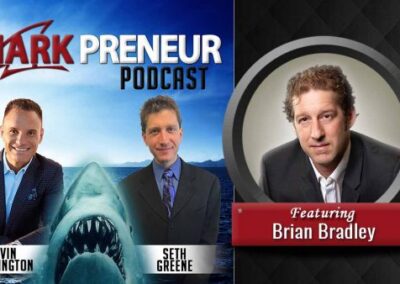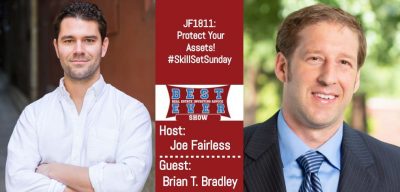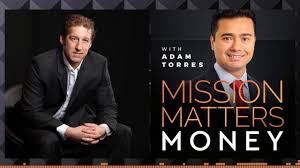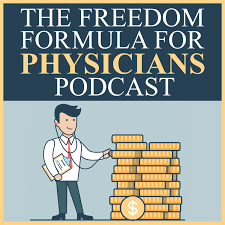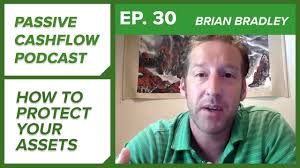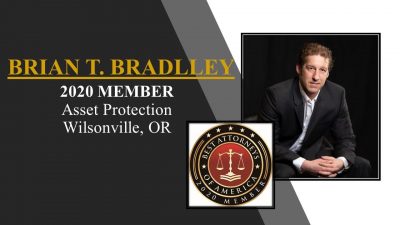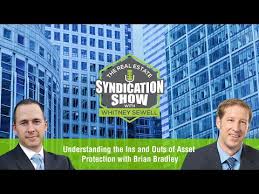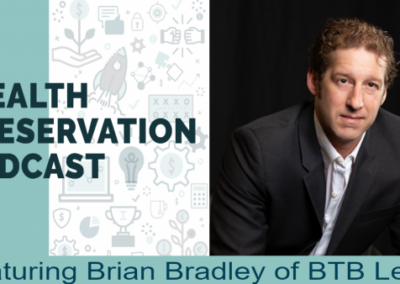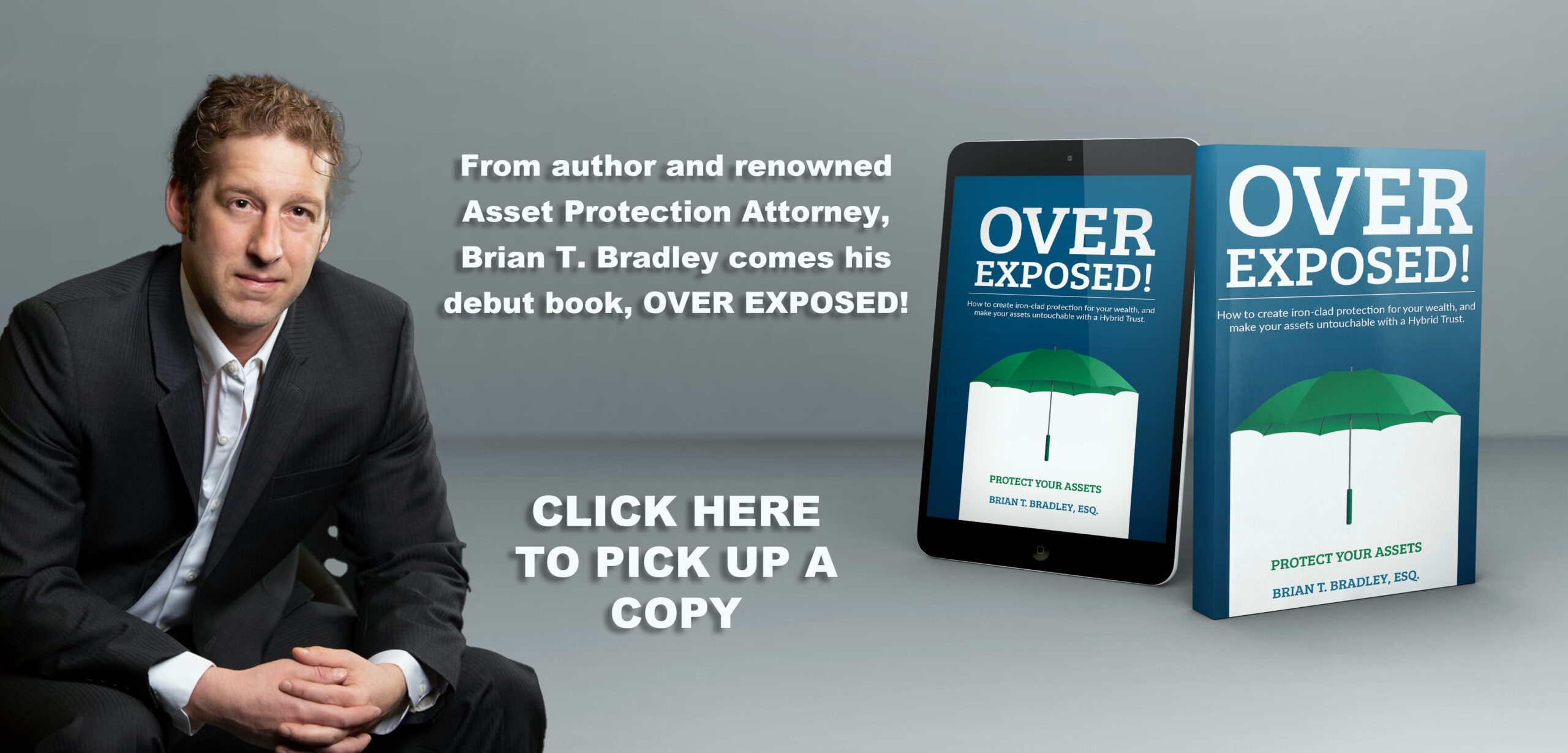Top Asset Protection Attorney
Work With A High-End Asset Protection Lawyer In The Top 1% Of Nationwide Firms. Call Now!
Free Consultation
Custom Asset Security Strategy
Offshore Asset Protection
Get A Free Consultation


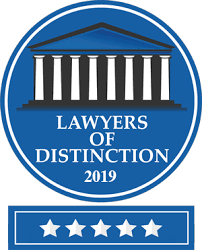
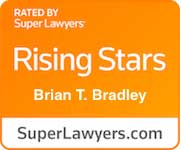
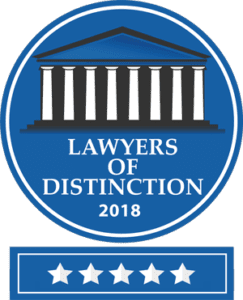
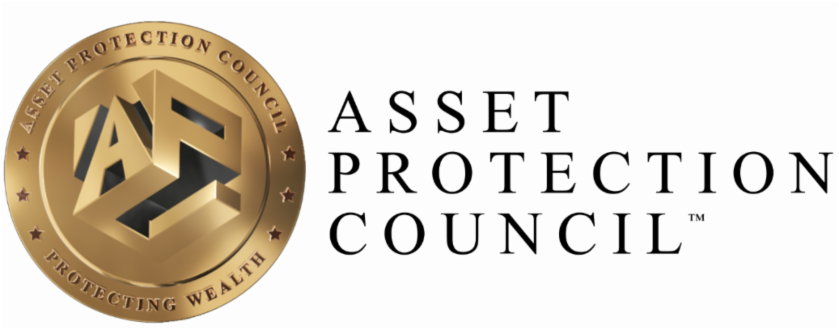
Who We Serve
What We Offer
Why Choose Us?
How Much Does It Cost?
The Bridge Trust ® and AMLP, priced at $23,000 and $7,500 respectively, combine to total $30,500.
We provide you with flexible payment options, allowing you to opt for a 50% retainer with the balance due upon document delivery. Alternatively, if you choose to pay in full upfront, a generous 10% discount is applied to the total cost.
Our annual fees of $3,200 ensure the ongoing security of your assets valued at $1 million or above.
This nominal one-time investment not only affords you the convenience of a domestic plan but also empowers you with the advantages of offshore planning.
While our fees may represent a higher initial outlay, they offer unmatched value in safeguarding your wealth with a strategic blend of domestic and offshore protection.
By choosing Bradley Legal Corp, you are making a prudent and wise investment in securing your financial future. Our fixed fees are competitively priced for the comprehensive asset protection services we provide. Moreover, our innovative use of The Bridge Trust ® significantly reduces maintenance costs associated with traditional asset protection plans, positioning us far ahead in terms of cost-effectiveness and unparalleled value for our clients. Invest smartly today for a secure and prosperous tomorrow with Bradley Legal Corp.
Meet Brian Bradley
Having garnered acclaim from leading financial experts and investment groups across the country, Brian epitomizes legal excellence coupled with a proven track record of success. Armed with a wealth of experience, unparalleled skills, and a robust network of connections, Brian T. Bradley, Esq., is dedicated to empowering his clients to safeguard their valuable assets with confidence and strategic foresight. Connect with Brian today to benefit from his comprehensive expertise and unwavering commitment to protecting what matters most to you.
Call Now For A Free Consultation
(503) 773-0077
Watch Brian Present at the Multi Family Global Investment Summit 2020
Brian’s Recent Podcast Features
Brian’s Latest Blog Posts
Revocable vs Irrevocable Trust – Whats the Difference?
One of the top questions I am asked is “what is the difference between a revocable and irrevocable trust?” The difference can be confusing, along with the reasons why. Especially when you see so many different types of trusts and terms such as: Revocable Living Trust,...
Fraudulent Conveyance and Asset Protection
Fraudulent Conveyance and Asset Protection Fraudulent Conveyance is really one of the big kahuna issues with transferring assets. It is one of the questions I get asked the most, and is one of the least understood concepts. Fraudulent transfers or Conveyance or now...
Equity Stripping aka Friendly Liens for Asset Protection
I was talking to a very popular podcast host Lane Kawaoka, the host of Simple Passive Cash Flow and his mastermind group. During this event a very good question was asked. I was asked my general thoughts on equity stripping as a form of asset protection, how it works...
What Exactly Is Asset Protection, And Why Do You Need It?
Professionals in high-risk fields such as surgeons, doctors, real estate investors, and business owners are particularly susceptible to legal challenges that could jeopardize their financial security. A famous attorney once said that suing doctors for monetary gain is as simple as shooting fish in a barrel. When Willy Sutton justified why he robbed banks, his answer was simple. It’s where the money is.
This is where asset protection plays a critical role.
By implementing a robust asset protection strategy, you proactively safeguard your assets from potential threats, mitigating risks and fortifying your financial stability.
Asset protection is not about evading responsibility or avoiding taxes; it’s about securing what rightfully belongs to you from individuals seeking to claim it unjustly.
Time is of the essence when it comes to shielding your assets. Once entangled in a lawsuit, the outcome is beyond your control, underscoring the urgency of establishing a solid asset protection plan without delay.
At Bradley Legal Corp, we understand the nuances of asset protection and can tailor a customized plan to suit your individual needs. Our expertise lies in providing you with peace of mind and security for your financial future.
Take charge of protecting your wealth today by scheduling a FREE consultation with us. Don’t wait until it’s too late – act now to safeguard your assets for tomorrow.
Call us today to embark on securing your financial legacy!
Hear From Satisfied Clients
FAQ’s
What is Inside vs Outside Liability
Outside liability or personal liability is the liability that comes form outside the business from your personal life. Hitting somebody with your car. If set up correctly, your business entities or LLCs can protect your from both.
Now just remember, you can never protect your assets 100%. Because you always have the capacity for one of those assets to self explode. And if that asset explodes you can’t protect that asset anymore. But you can protect the rest of them from that asset.
Could Assets get stuck in the U.S. and frozen before they can cross the bridge?
Outside liability or personal liability is the liability that comes form outside the business from your personal life. Hitting somebody with your car. If set up correctly, your business entities or LLCs can protect your from both.
Now just remember, you can never protect your assets 100%. Because you always have the capacity for one of those assets to self explode. And if that asset explodes you can’t protect that asset anymore. But you can protect the rest of them from that asset.
Could a court in the U.S. invalidate the Trust?
The more important question is, what would be the impact?
If good strategy has triggered the Bridge Trust into a FAPT, then a U.S. court invalidating it would make virtually no difference to the effectiveness of the trust. For all the same reasons that the full foreign APT is going to withstand a U.S. court challenge, so will a triggered Bridge Trust.Outside liability or personal liability is the liability that comes form outside the business from your personal life. Hitting somebody with your car. If set up correctly, your business entities or LLCs can protect your from both.
What is an Asset Management Limited Partnership
And the way an AMLP works in connection with your Bridge Trust and existing LLCs is that the LLCs are owned by the AMLP, along with cash, stock bonds, whatever safe assets you have. The way ownership and control is set up is that the general partner of the AMLP, which can be you, or a Wyoming LLC if you want privacy, is the managing partner. That gives you control and privacy. The minority-limited partner is the Bridge Trust, the asset protection trust. That is where the asset protection connects to it.
How does an LLC work to protect my assets?
BUT, the LLC has limitations and drawbacks. States have started differentiating themselves to just how serious they are about asset protection. As case law developed, we have seen courts disregard the ‘charging order only’ remedy and directly reach LLC assets to satisfy creditors. Also, the ‘Single Member LLC Exception’ has become a major concern. Some states like California have shown a consistent propensity to disregard the asset protection feature of all types of legal entities and determine that it is the “alter-ego” of the member and pierce the veil.
Used properly, the LLC is a fantastic starting point to hold risky assets. Especially when combined with the missing offshore component. I prefer the Asset Management Limited Partnership.
Who watches the Trust Protector?
The only exception is if a U.S. court is demanding that they do so to appoint the court or a court representative as Protector, in which case that particular order is ignored.
The only other possible loophole that could endanger the money is if both the Trustee and the Protector conspired together to defraud the Trust. This is highly unlikely in and of itself due to the fact that the Trustee is a large Trust Company and has their own internal checks and balances as well as the fiduciary duty and liability to the Trust, and the fact that the Protector is personally chosen directly by the client and has the same fiduciary duty. Nevertheless, the plan has one final check that ensures that the client themselves always have full knowledge of where the money is, and where it is going to.
This final check is called a “client acknowledgment” procedure. The bank, typically a large private Swiss bank, chosen by the client, will have a hold period prior to the execution of any orders to withdraw funds, or move money from the Trust account. This procedure would require the bank to have a personal confirmation that the Beneficiaries (also the clients) have direct knowledge of the proposed transfer.
While the Beneficiaries are not in “control” of the money directly, since the bank must have a direct personal verification that the Beneficiaries are aware of the transfer, if a proposed transfer is not approved, the bank will be so informed, by the clients themselves. The order would then be delayed for a sufficient period of time for the Settlors to appoint a new Protector, who will appoint a new Trustee.
As you might imagine, the net effect is that it is virtually impossible to make any move with Trust assets without the client’s direct knowledge and consent. This combined with the fact that any serious Asset Protection Plan is going to use only the most stable and reputable institutions to fill any fiduciary role makes having your assets offshore safer than the local bank down the street by far.
The difference is that the bank down the street is in the jurisdiction of the court at the other end of the street. And right in the middle is the all-too familiar lawyer.
What is a Trust Protector?
What are the Checks and Balance of Asset Protection?
To begin, let’s look at how the plan ‘controls’ the money:
We create a legal structure which requires the approval and consent of various parties who act as checks and balances on the assets, and
We create a physical tracking mechanism directly with the independent client chosen bank, which holds the money, so that the client is always aware of where the money is.
The Asset Protection Trust has 4 primary roles:
The Settlors (the clients)
The Trustee
The Protector
The Beneficiaries
The legal control of the assets is done through a 2 party approval mechanism. This is kind of like requiring 2 signatures on a check. The Trustee is responsible for the management of the assets and has legal title. However, unless the Trustee is the client, they do not have physical possession of the money, which is held at an independent and unrelated bank.
In order for the Trustee to actually do anything with the money, they then must also have the consent of The Protector. This would include things like wiring the money to another bank or even to another account with a different name, or making any changes whatsoever in the physical location of the money.
The role of Protector is just that, to protect the assets of the Trust for the benefit of the Beneficiaries. As such the Protector has 2 primary jobs: 1) to approve of the actions of the Trustee, and 2) to remove the Trustee if the Trustee is not acting in the best interests of the Beneficiaries. This is what ensures that the Trustee doesn’t run off with the money.
Do I loose control of my assets?
You the client serves as the initial trustee. What happens when a client ever needs to use the Bridge Trust is that the trust protector, declares an event of duress, and this then causes the special successor offshore trustee to become an active Co-Trustee.
How to protect my assets from divorce?
However, if you are not married, and you want to protect your assets from a future possible divorce, then asset protection can be very helpful.
I am already being sued, what can I do?
Will this cause me to be audited by the IRS?
I must keep an active foreign bank account at all times?
If the Bridge Trust is triggered, I must flee the country?
Can I save taxes with an Asset Protection Attorney?
Why not just use a Domestic Asset Protection Trust (DAPT) in the U.S.?
If you have been researching offshore asset protection, you’ve likely come across companies that offer various forms or domestic asset protection, often using the most well-known domestic asset protection tool, the Family Limited Partnership, which is both popular and effective. And of course, nowadays you will see plenty about the new domestic asset protection trusts, which are designed to imitate the stronger and more effective offshore jurisdictions and attract business to the states that have enacted asset protection legislation.
And as far as that goes, a good onshore asset protection plan is a great start. They are often simple to set up, easy to implement and sometimes less expensive (although not always) than a full-blown international plan. But, as with most things, that simplicity comes with a cost. Domestic asset protection is, by definition, never going to be as effective as a solid offshore plan based in an asset protection trust. For complete foolproof asset protection, it’s required that your domestic asset protection plan be accompanied by a foreign component, which is set up in a jurisdiction out of the United States.
When your asset protection program comes under the jurisdiction of the United States, any legal action by creditors against you and within U.S. jurisdiction, could apply to your asset protection planning if a judge determines it to be. No purely domestic asset protection plan can avoid the U.S. Constitution “Full Faith and Credit Clause.” In contrast, an asset protection trust in Cook Islands is immune to any court order inside the United States because of their statutory non-recognition of other countries court orders.
I have a Revocable Living Trust (RLT), won’t that RLT protect me?
Can I protect my qualified retirement plan?
A rollover IRA, for example, while not strictly an “ERISA” qualified plan, retains it’s ERISA protections if it came directly from an ERISA plan custodian. If your 401K was transferred directly into a rollover IRA, then it retains ERISA creditor protections, as long as do not co-mingle the assets with non-ERISA assets.
The most common Non-ERISA plans are the IRA and the Roth IRA. In many states, courts and legislatures have extended the same type of ERISA protection over these state-regulated retirement assets. In other states, however, there is limited creditor protection. And in yet other states the protection is left to the court’s discretion (which often feels like no protection at all). All of this has created a confusing landscape in which clients and planners both are left uncertain as to where they really stand.
The Second Challenge: The second challenge for planners was to figure out exactly how to protect plan assets without triggering the tax hit of removing the assets from the plan. And to add yet another challenge, how to use the superior offshore jurisdictions to protect U.S. based qualified plan assets. The end result is that most planners simply ignore retirement assets and just hope that it works out okay. But if you have significant assets in a plan where your protection is not clear, then this is just not good enough. The good news is that there is a way to accomplish sophisticated offshore protection for these assets. Here’s how we do it.
The Offshore Retirement Plan Solution
The first step is to qualify your retirement plan to invest in what are deemed “Alternative Investments”. This means changing your plan administrator to one who is qualified to work with investments in LLC’s and other private companies (this is what Alternative Investment means). There are several of these in the United States and using retirement plan assets to invest in alternative investments, such as LLC’s that hold real estate. This also means that your plan should be self-directed so that you can determine what investments to make.
The second step is to choose an investment which itself is inherently asset protected. This is where we can begin to add the offshore advantage by setting up a Manager Managed LLC in a preferred offshore asset protection jurisdiction. We often use the country of Nevis, which has a great statute and significant creditor protections strongly incorporated into it. The plan would then invest in the LLC membership interest and transfer assets to an offshore account set up and managed by the Manager of the LLC. And this is where the real magic happens.
The third step is to use your Bridge Trust® as the Manager of the Manager Managed LLC. If you have already explored the power of the Bridge Trust®, then you know that prior to there being any attack on your assets, you can be the Trustee of your own Trust. This means that, as Trustee, you will also be the Manager on the Manager Managed Nevis LLC. However, if there is ever an attack on your assets, or any threat to your wealth, the protective features of your Bridge Trust® will trigger the trust and the offshore Trustee would then become the full Trustee, and you would be removed from that control position.
The result is that your Nevis LLC, which holds your retirement plan assets, would then also be managed by your offshore Trustee and they would apply the same protective features to the management of the LLC assets, as they would to the Trust assets directly. How this would work is specifically outlined in both the Bridge Trust® and the Nevis LLC operating agreement.
And since the LLC assets are already in an offshore Private Banking center, which is specifically selected because it meets the requirements of what we consider an asset protection qualified bank, then both the control and the assets themselves are out of the reach of a U.S. court, judge and jury.
Can I transfer my primary residence into the Bridge Trust?
Does crossing the bridge create a fraudulent transfer?
A conveyance occurs with the change of ownership to the assets. When the Bridge Trust crosses the bridge there is NOT a change in ownership, since the Bridge Trust already owns the assets previously held in the U.S. Therefore, by definition, crossing the bridge does not qualify as a ‘conveyance’ and hence would not be a fraudulent conveyance. Perhaps the more important question is, what would happen if a court did determine that crossing the bridge was a fraudulent conveyance anyway? I would look at what the impact on the trust assets would be, and once the Bridge Trust becomes a FAPT, any challenge to this would have to be heard in the High Court of the Cook Islands. Therefore, the effect would be that even in the case where a judge made such a determination, the Bridge Trust would still be effective.
You have the legal and ethical option to move you assets offshore if that tactical advantage calls for it. But not the obligation to do so.
The Bridge Trust is firmly planted in both the US and solidly planted in the Cook Islands. When you cross the bridge, there is no conveyance or change in ownership. No U.S. Court has ever ruled that the creation of an Offshore Trust is in any way illegal or immoral. But the courts have in fact ruled that the trusts were established “for the legitimate purpose of protecting family assets.” Reichers vs. Reichers, No. 21833-94. There are very few cases where a plaintiff has actually tried to extract assets out from a Cook Island Trust. And in Every Case, they failed to force an extraction. If and when the Bridge is triggered, the Offshore Trust that was pre-established gets triggered, and the Cook Island Trustee, takes over as trustee. Still no conveyance of any assets since it is the Bridge Trust that owns the assets.
What amount of assets do I need for this? Is this only for the rich? I only have $1 MM in assets.
What is the Cost for the Bridge Trust, and what are the annual ongoing fees?
How do you know the Offshore Cook Island Trustee will not take off with my money?
Is Asset Protection legal?
Contact Us For A
Free Consultation
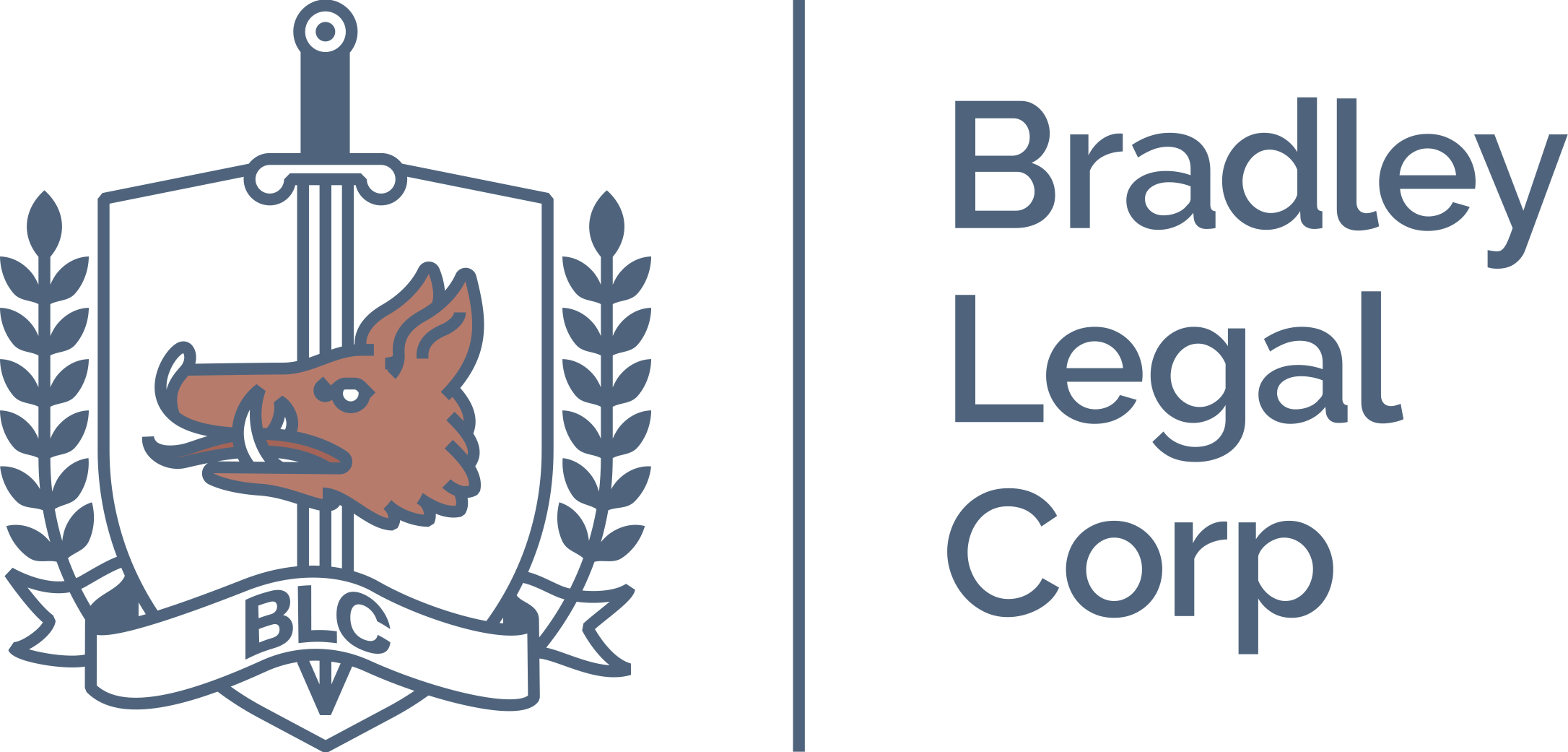
Marketing by legal.empirical360.com

